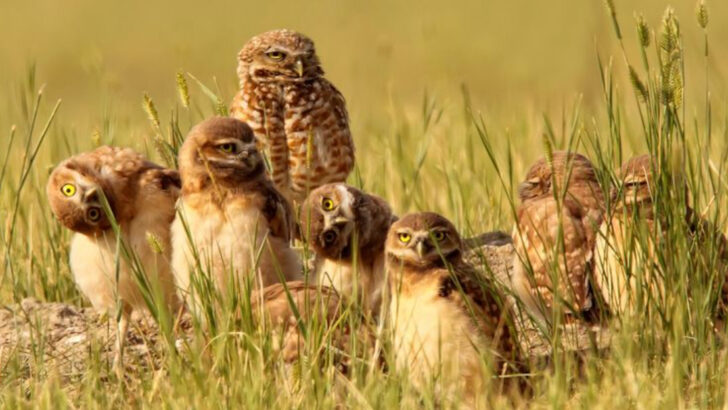The Great Plains aren’t just wide open spaces.
They’re teeming with wild, weird, and wonderful creatures you won’t find anywhere else on Earth.
Forget the clichés about endless grass and tumbleweeds. This vast stretch of land is home to some of the most uniquely adapted animals in North America—fierce, fluffy, and everything in between.
We’re talking about sprinting speedsters, underground architects, thunderous bison herds, and birds that dance like they’re auditioning for Broadway.
These animals aren’t just survivors.
They’re icons of the prairie.
From the sneaky black-footed ferret to the charming prairie chicken, every species here plays a role in keeping this epic ecosystem alive—and wildly fascinating.
Ready to meet the locals?
Let’s dive into 18 incredible animals found only in America’s Great Plains.
Prairie Dog
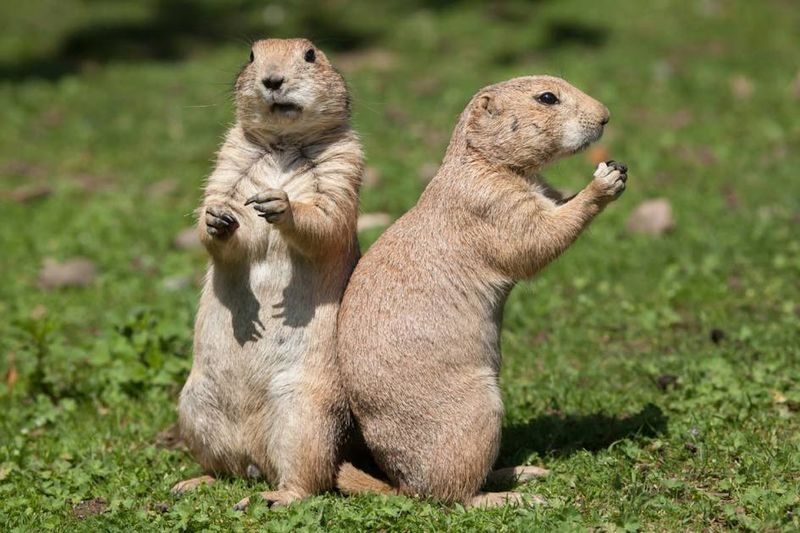
The prairie dog, with its lively chatter and bustling colonies, defines the Great Plains. These small, burrowing rodents create intricate underground towns, known as coteries, where they live in harmony with their extended families. Observing a prairie dog is an auditory delight – their bark-like calls serve as an intricate warning system against predators.
Watching them pop in and out of their burrows, one can’t help but be charmed by their sociable nature. Did you know? Their complex social structures have intrigued scientists for centuries. Their presence is vital for the ecosystem, providing habitats for other species.
American Bison
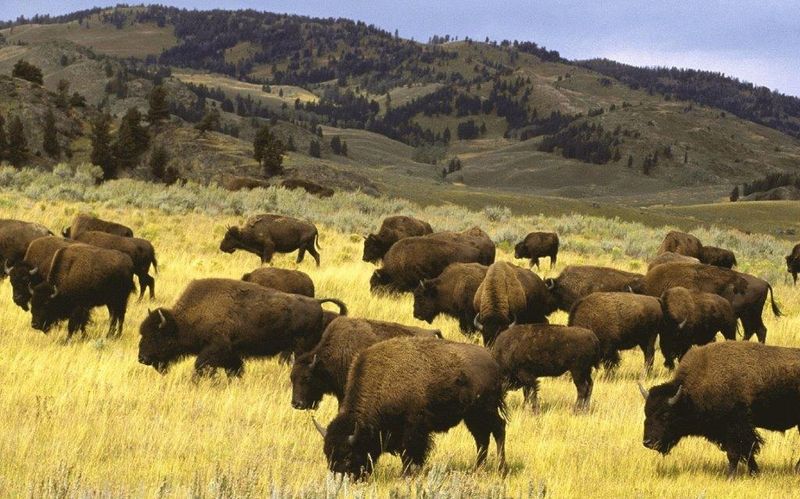
Roaming the plains with their massive, humped shoulders and shaggy coats, American bison are icons of the Great Plains. Weighing up to a ton, these magnificent creatures once thundered in millions across the landscape. Their large herds shaped the ecology, maintaining the grasslands that so many species depend on.
Bison have a calm demeanor but are incredibly resilient, surviving harsh winters and hot summers. Their near extinction in the 19th century was a significant ecological loss, but conservation efforts are helping their numbers rebound.
Burrowing Owl
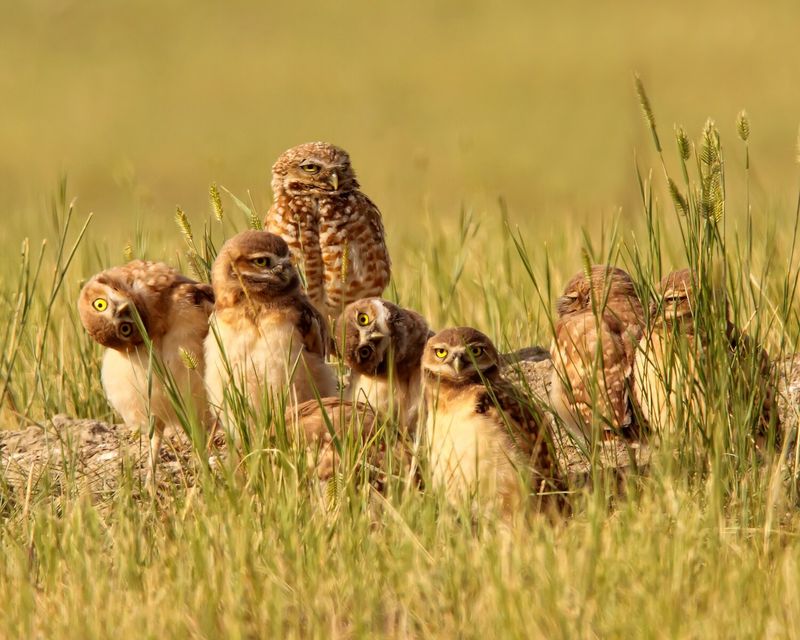
With its long legs and bright, round eyes, the burrowing owl is a unique resident of the Great Plains. Unlike most owls, these birds are active during the day and make their homes in abandoned prairie dog burrows.
Their quirky appearance, featuring mottled brown feathers and expressive faces, makes them a favorite among birdwatchers. Burrowing owls are insectivorous, feasting on the abundant grasshoppers that thrive in the plains. They embody adaptability, perfectly at home in open, treeless environments, which is a rare trait for an owl.
Black-footed Ferret

Slinking through the night, the black-footed ferret is a sleek predator that relies on prairie dogs for both food and shelter. This elusive mammal was once thought extinct, but small populations have been reintroduced thanks to conservationists’ dedicated efforts.
With its bandit-like mask and long, flexible body, the black-footed ferret is perfectly adapted for a life underground. While rare, spotting one is a testament to the resilience of nature. Their story is one of survival, symbolizing hope for other endangered species.
Greater Prairie Chicken

Known for its elaborate courtship dance, the greater prairie chicken is a spectacle of the Great Plains. During mating season, males gather at leks to perform an intricate dance, inflating bright orange neck sacs and producing distinctive booming sounds to attract females.
These birds thrive in grasslands, relying on tall grasses for nesting and protection. However, habitat loss poses a significant threat to their populations. Seeing a prairie chicken dance is witnessing nature’s artistry, a reminder of the rich biodiversity the plains offer.
Pronghorn Antelope
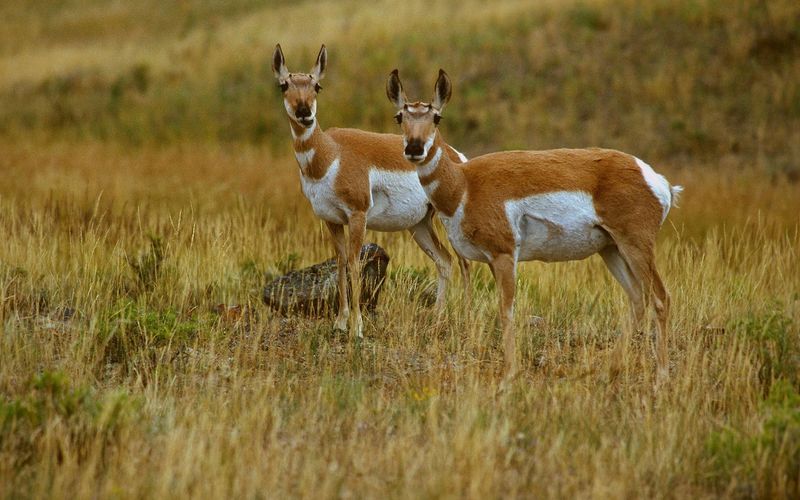
The pronghorn antelope, often mistaken for a deer, is North America’s fastest land animal. With speeds reaching up to 60 miles per hour, they effortlessly outrun predators across the vast plains. Their extraordinary vision and endurance make them formidable survivors in this rugged environment.
Pronghorns aren’t true antelopes but have a lineage dating back millions of years, making them a living link to the continent’s prehistoric past. Watching a pronghorn in motion is witnessing evolution’s masterpiece, perfectly crafted for speed and agility.
Mountain Plover
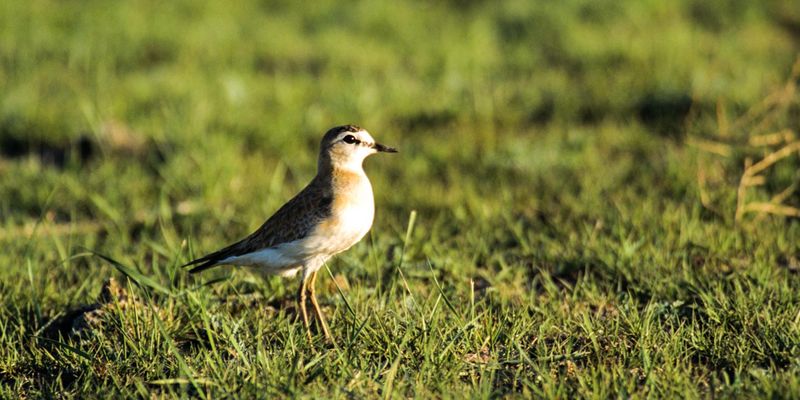
The mountain plover, despite its name, thrives in the flat, open expanses of the Great Plains. These small, inconspicuous birds blend perfectly with the terrain, making them a challenge to spot. Their subtle brown and white plumage is an excellent camouflage against predators.
Mountain plovers have a peculiar habit of nesting on bare ground, which seems counterintuitive but reduces competition from other ground-nesting birds. Their presence is a testament to the adaptability and ingenuity needed to survive in the plains’ unique ecosystem.
Swift Fox
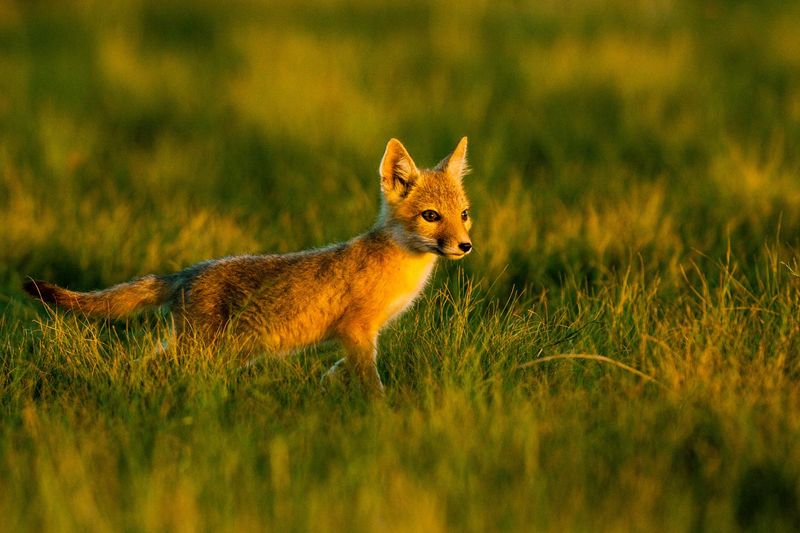
The swift fox, with its petite frame and agile movements, embodies the essence of the Great Plains. These small canids are known for their speed and keen senses, navigating the open land with remarkable dexterity. They often inhabit burrows, venturing out at night to hunt small mammals and insects.
Once nearly extinct, swift fox populations are gradually recovering due to conservation efforts. Their presence is crucial for maintaining ecological balance, controlling rodent populations, and enhancing biodiversity.
Ferruginous Hawk
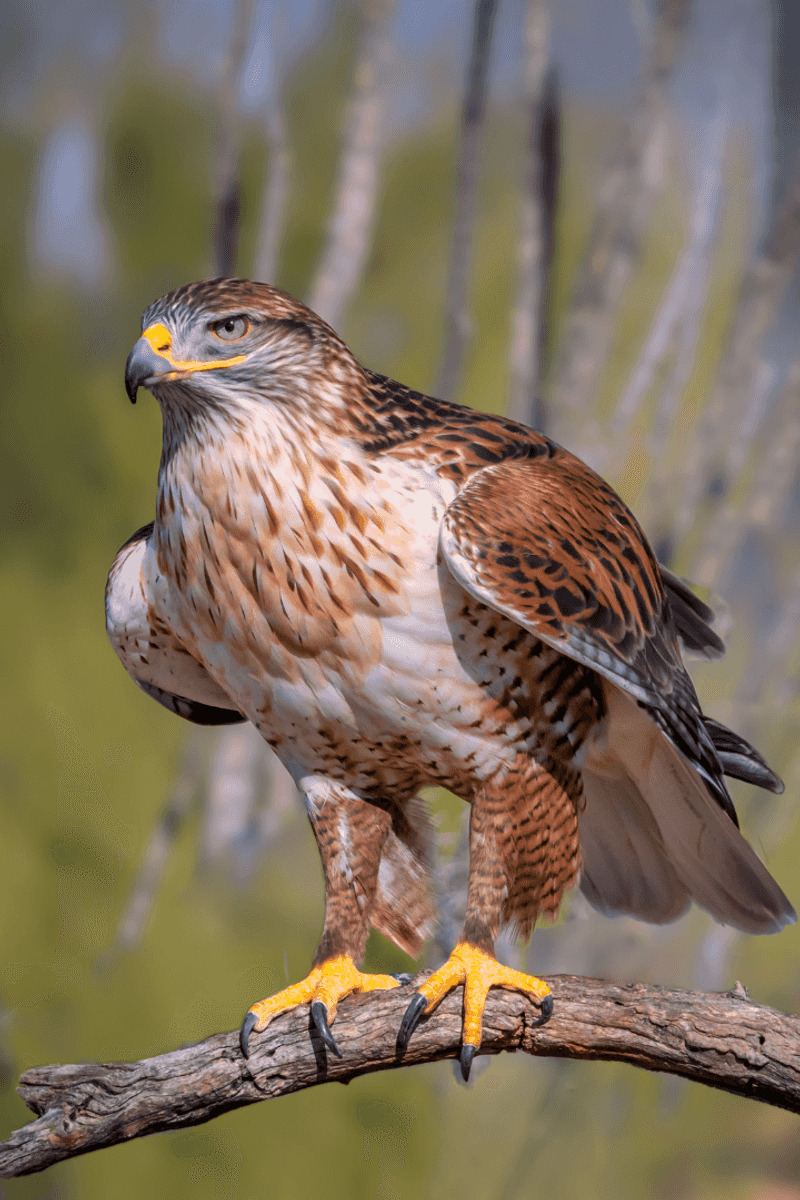
With its impressive wingspan and striking rust-colored plumage, the ferruginous hawk is a top predator in the Great Plains. These majestic birds are often seen soaring high above the grasslands, scanning for prey with sharp, watchful eyes.
They primarily hunt small mammals like prairie dogs and rabbits, playing a vital role in the ecosystem by keeping populations in check. Their nests, often built on the ground or low shrubs, are simple yet effective, showcasing their adaptability.
American Badger
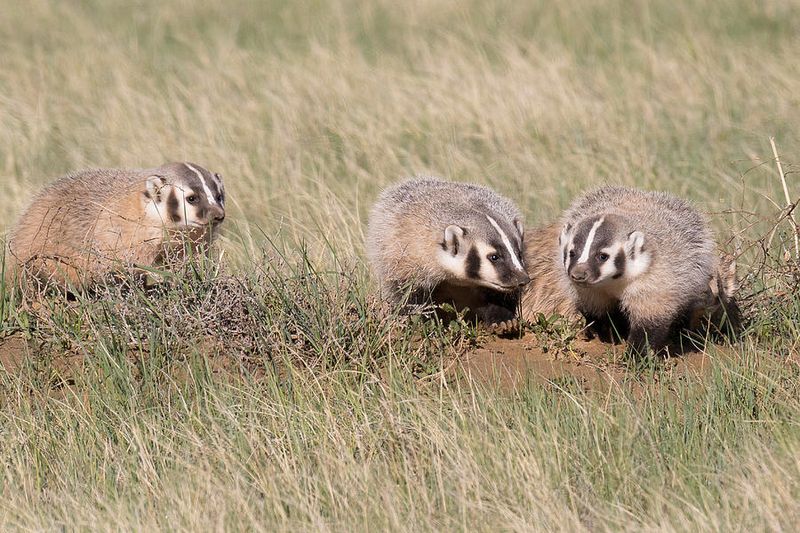
Sturdy and tenacious, the American badger is a formidable digger, known for its powerful claws and unmistakable markings. These solitary animals are often found excavating burrows, where they rest and store food. Their diet mainly consists of rodents, making them valuable for controlling pest populations.
Badgers possess a unique tough attitude, unafraid to stand their ground against threats. Their robust nature and adaptability make them a quintessential part of the Great Plains’ fauna.
Long-billed Curlew
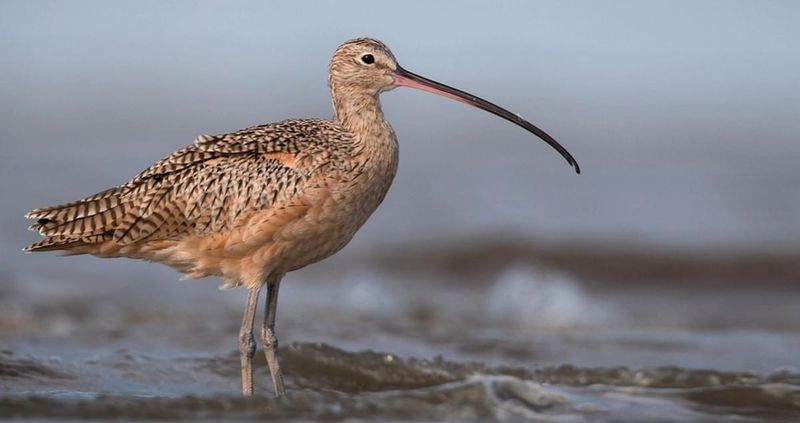
The long-billed curlew, with its exaggeratedly long, curved beak, is an elegant wader of the Great Plains. This distinct feature allows it to probe deep into the soil for insects and crustaceans.
During breeding season, these birds perform elaborate aerial displays, showcasing their agility and grace. Their calls, a series of melodic trills, resonate through the plains, adding to the region’s natural symphony. The curlew’s presence highlights the rich biodiversity that thrives in this vast landscape.
Thirteen-lined Ground Squirrel

This small, striped creature, often seen darting across the plains, is the thirteen-lined ground squirrel. Known for its striking coat with parallel lines, this squirrel is a true symbol of the grassland ecosystem.
It spends most of its time foraging for seeds and insects, storing fat to survive the harsh winters. Its burrows are intricate labyrinths that offer shelter and protection from predators. Their presence adds to the delicate balance of the plains, contributing to seed dispersion and soil aeration.
Horned Lark
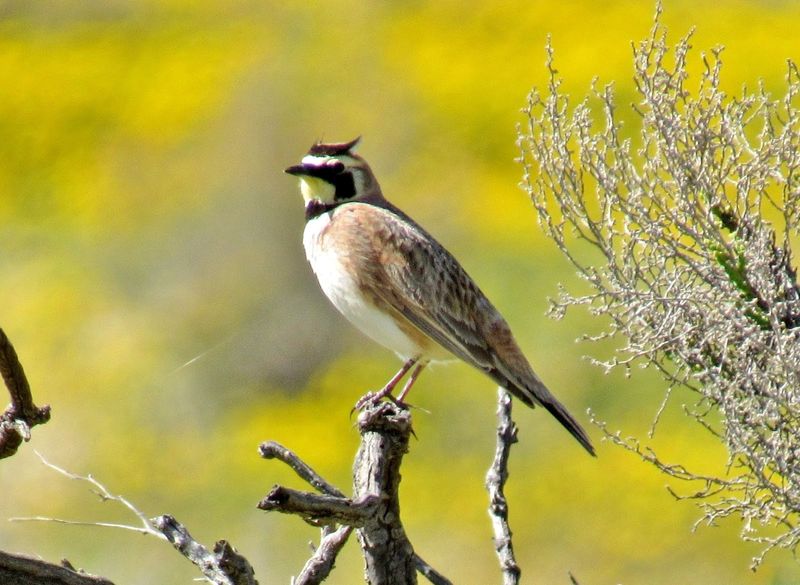
The horned lark, with its tiny feather tufts resembling horns, is a songbird that perfectly blends with the open skies of the Great Plains. These birds sing sweet, melodic tunes that echo across the vast landscapes, making them a joy to observe.
Their plumage is a mix of soft earth tones, providing excellent camouflage against predators. Horned larks feed on seeds and insects, thriving in the open fields and prairies. Their resilience and adaptability make them a true avian ambassador of the plains.
Bison Beetle
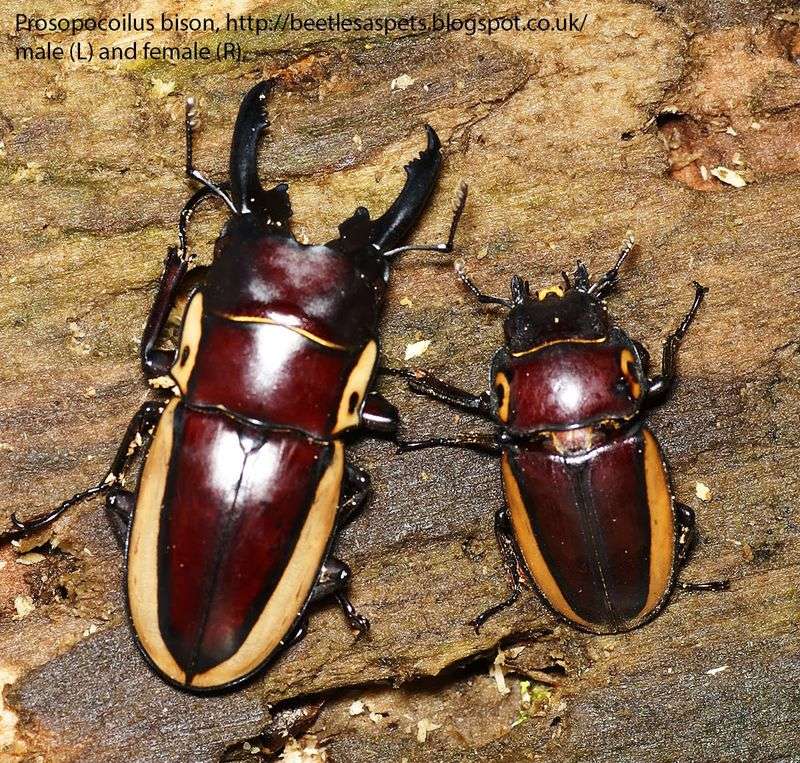
Though small and easily overlooked, the bison beetle plays a vital role in the Great Plains ecosystem. These beetles thrive in the presence of bison, using dung as a food source and a place to lay their eggs.
Their activities contribute significantly to nutrient recycling, improving soil health and promoting plant growth. Despite their humble appearance, bison beetles demonstrate the interconnectedness of life on the plains, reminding us how even the smallest creatures have a big impact.
Plains Spadefoot Toad
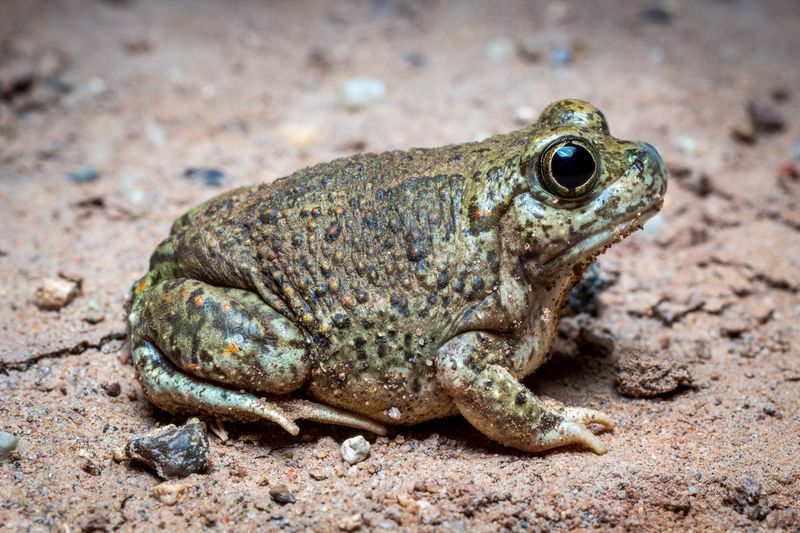
The plains spadefoot toad is a master of survival, enduring the Great Plains’ challenging conditions with its extraordinary adaptations. This nocturnal amphibian spends most of its life underground, emerging only after heavy rains.
With its distinctive yellow eyes and spade-like hind feet, it digs efficiently to escape the heat and predation. The toad’s life cycle is rapid, allowing it to breed and develop swiftly during short wet periods. Their ability to thrive in such a harsh environment is a testament to nature’s inventiveness.
Western Meadowlark
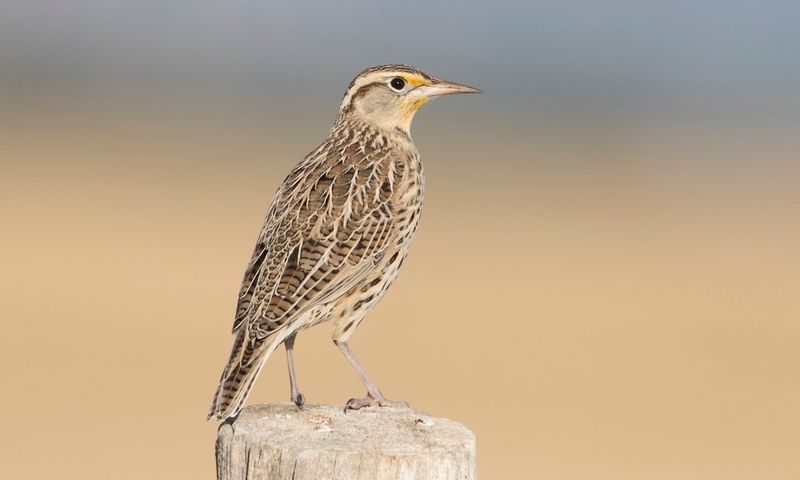
The western meadowlark’s melodic song is synonymous with the Great Plains, filling the air with its sweet, flute-like notes. These medium-sized songbirds are easily recognizable by their bright yellow breasts adorned with a distinctive black V.
Meadowlarks prefer open grasslands, where they forage for insects and seeds. Their nests, hidden among tall grasses, offer protection from predators. Listening to a meadowlark sing is like hearing the voice of the plains itself, a beautiful reminder of the region’s natural harmony.
Coyote
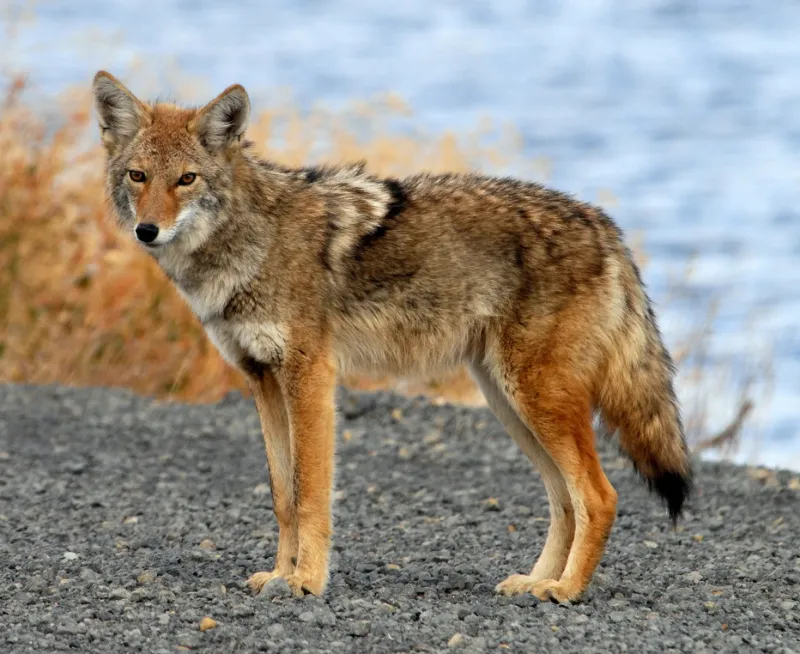
The coyote, a masterful opportunist, thrives across the Great Plains with its keen intelligence and adaptability. Often heard howling as the sun sets, these canids are skilled hunters, preying on rodents and other small animals.
Coyotes are social animals, living in family units and cooperating in hunts. Their wily nature and resilience make them a symbol of survival and adaptability. Despite human encroachment, coyotes continue to endure, shaping the landscape alongside the other inhabitants of the plains.
Yellow-bellied Racer

The yellow-bellied racer, with its vibrant underbelly and slender form, is a swift serpent of the Great Plains. These non-venomous snakes are known for their speed and agility, often seen darting through the grasses in pursuit of prey.
They feed on a variety of animals, including insects and small mammals, playing an important role in controlling pest populations. Observing a yellow-bellied racer in motion is like watching a fluid dance of nature, a testament to the intricate balance within the plains’ ecosystem.

